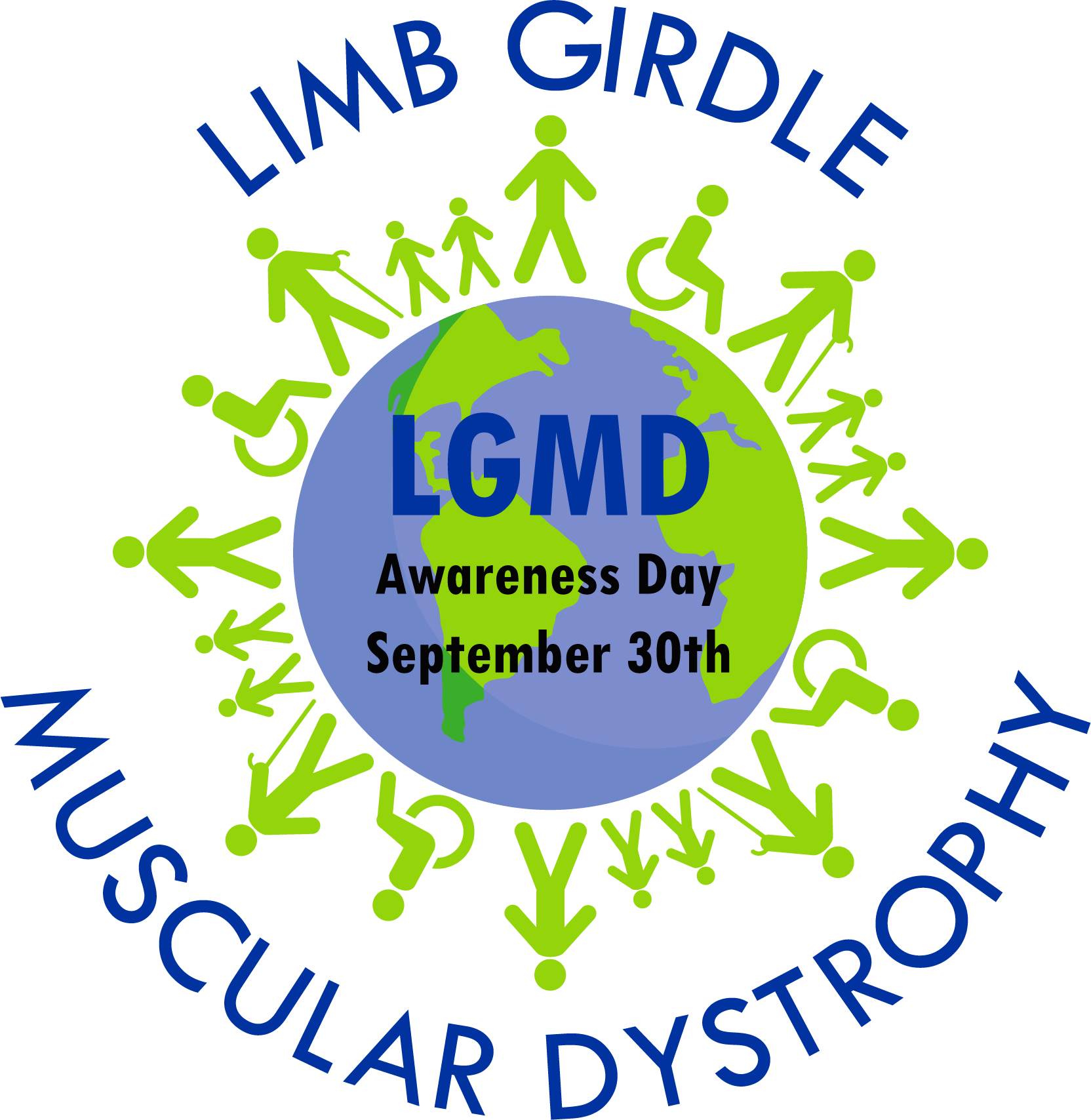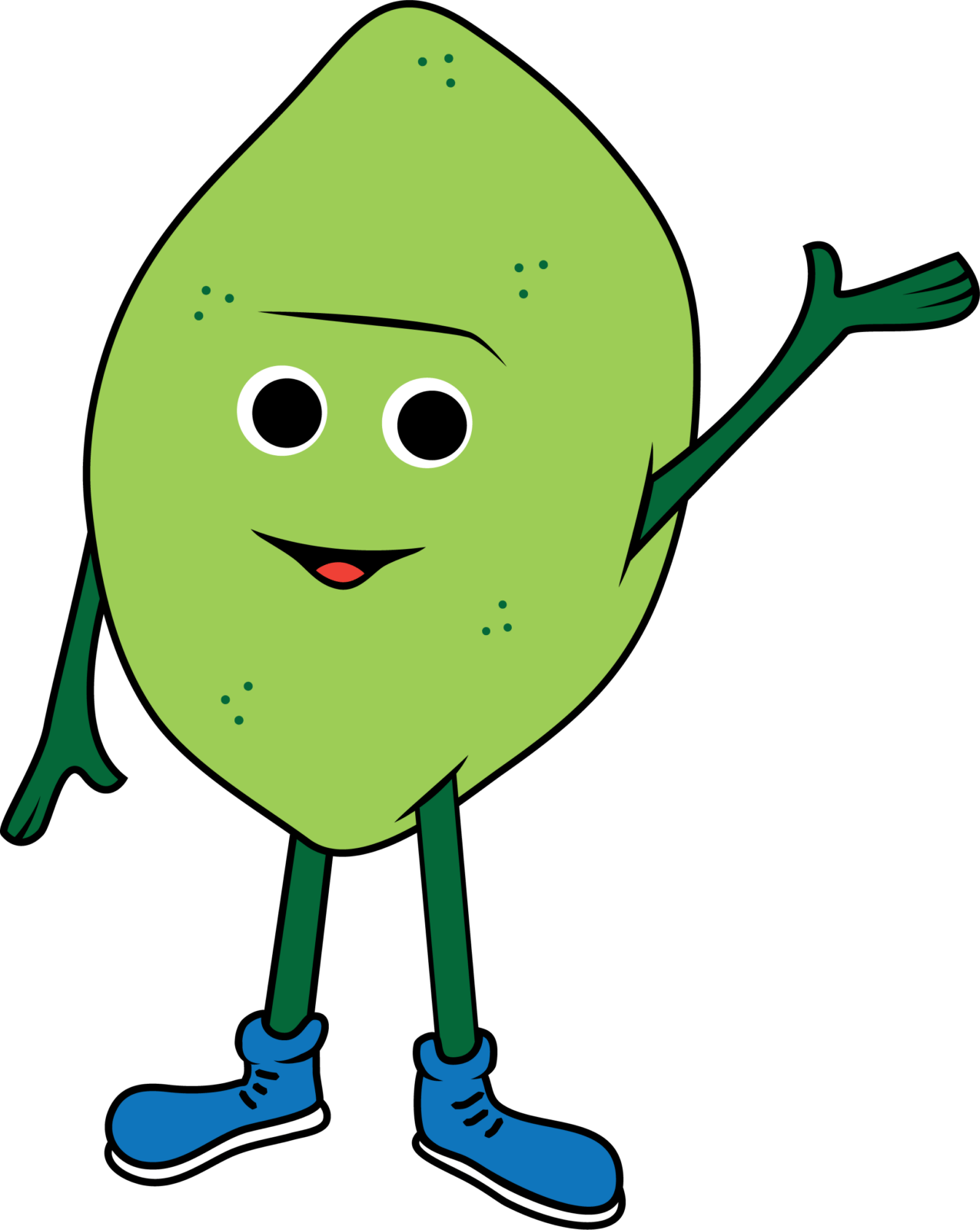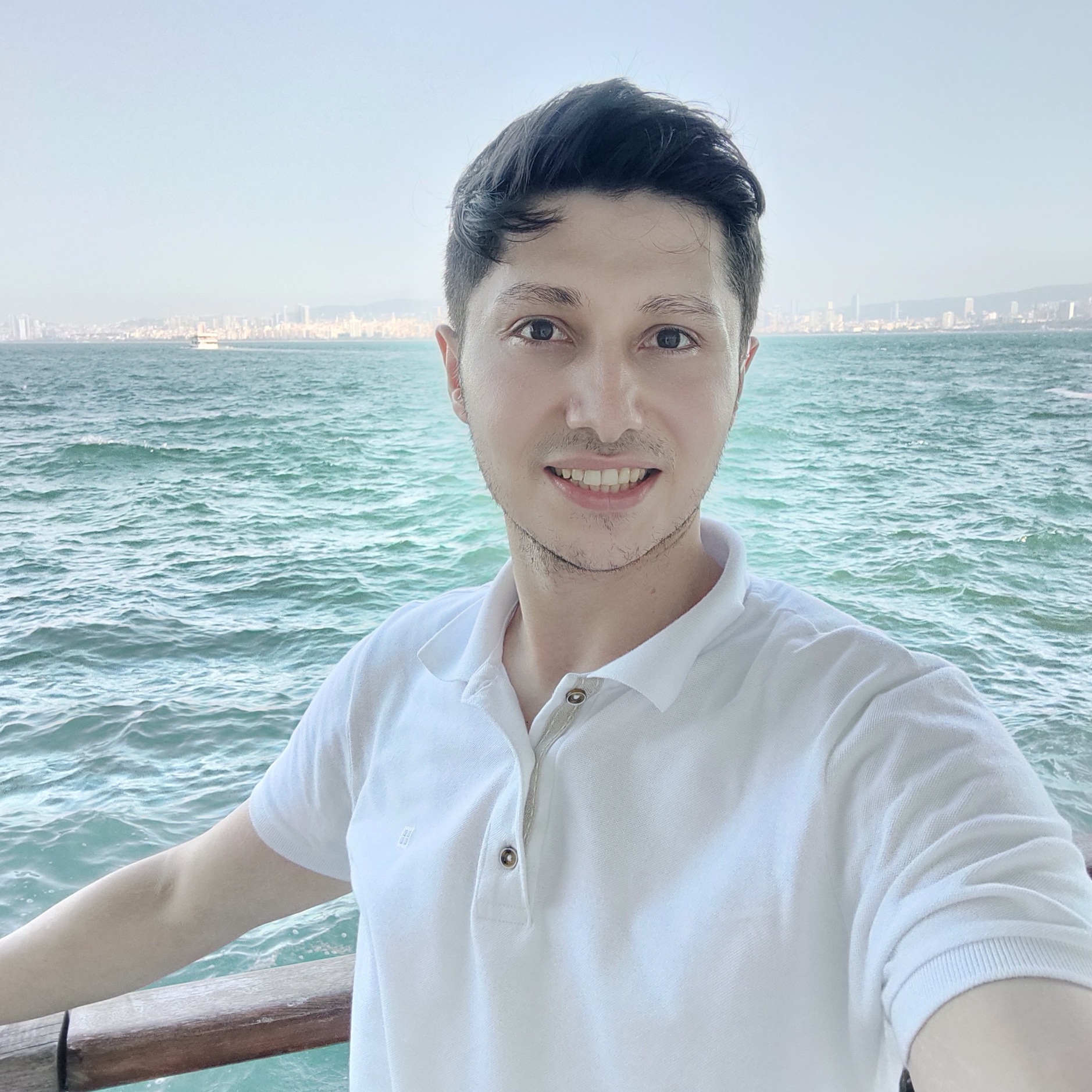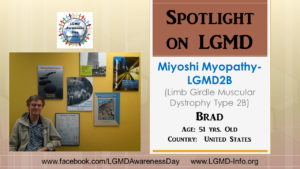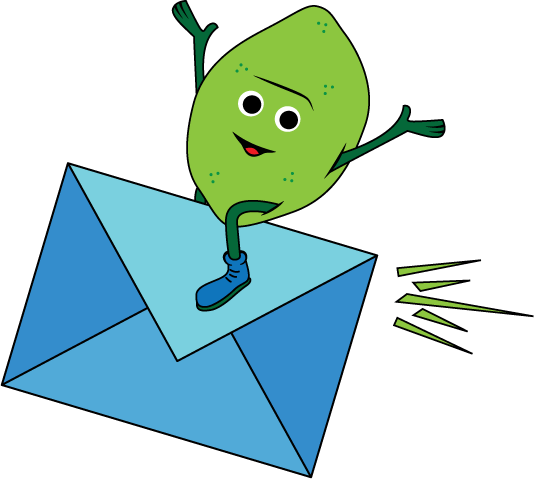INDIVIDUAL WITH LGMD: Brad
09/30/2015:
Country: United States
LGMD Sub-Type: LGMD2B/Miyoshi Myopathy
At what age were you diagnosed:
I first started having symptoms at 18. But it wasn’t until about 10 years later that a neurologist told me I had Miyoshi. Then I had to wait another 10 years for the gene to be discovered before there was a way to confirm that that was what I have.
What were your first symptoms:
I couldn’t stand on my toes, initially just on one side.
Do you have other family members who have LGMD:
No
What do you find to be the greatest challenges in living with LGMD:
That there is a lot more planning involved in scheduling any activity. A lot of everyday activities (travelling, shopping, going to a restaurant) involve a lot more things that have to be paid attention to.
What is your greatest accomplishment:
In 2000 I put together a website about dysferlin (the gene for my LGMD subtype). I didn’t know anything about web design, but I wanted other patients to have a source of information about the disease and what research was going on. Through that, I was contacted by the Jain family after one of their children was diagnosed—they later started the Jain Foundation, which supports research on my subtype. In 2007 the Jain Foundation organized first research conference on dysferlin. I kept pinching myself the entire time thinking that this couldn’t be real—there was actually a conference dedicated to this disease!
How has LGMD influenced you into becoming the person you are today:
I think it has made me more considerate and aware of others. I was always very independent when I was young, but needing help with some things, and also wanting to work with others to find cures for LGMDs, has taught me the importance of asking for help when you need it, offering help when you can, and working together.
What do you want the world to know about LGMD:
First, that it exists. I think a lot of people have the idea that MD only affects young boys, or at least children. I did before I started having symptoms. I want them to know that there are many different types of MD, and that symptoms can start at any age.
Secondly, I think society tends to view disability as a black and white thing. That is, one is either disabled and may need help, or they are completely fine and don’t. But for a condition like LGMD where symptoms often progress slowly, when exactly does one become disabled? I think the way things are set up often discourages people who are able and who want to work from doing so, and from doing all they can with their lives
I want other patients to know that they aren’t alone. When I was in grad school, I was extremely worried about my MD (which wasn’t really diagnosed), but I didn’t feel like I could share that with anyone. Many years later, I met another patient who also has LGMD, who was in grad school at the same university at the same time as me! Even though LGMD is a rare disease, there are other people out there and it’s good to connect with them.
If your LGMD could be “cured” tomorrow, what would be the first thing that you would want to do:
Either go ice skating or skiing. Before I started having symptoms I was a competitive figure skater, and it would be really nice to be able to do that again. I also did a lot of skiing when I was younger, and loved it.
To read more “LGMD Spotlight Interviews” or to volunteer to be featured in an upcoming interview, please visit our website at: https://www.lgmd-info.org/spotlight-interviews

